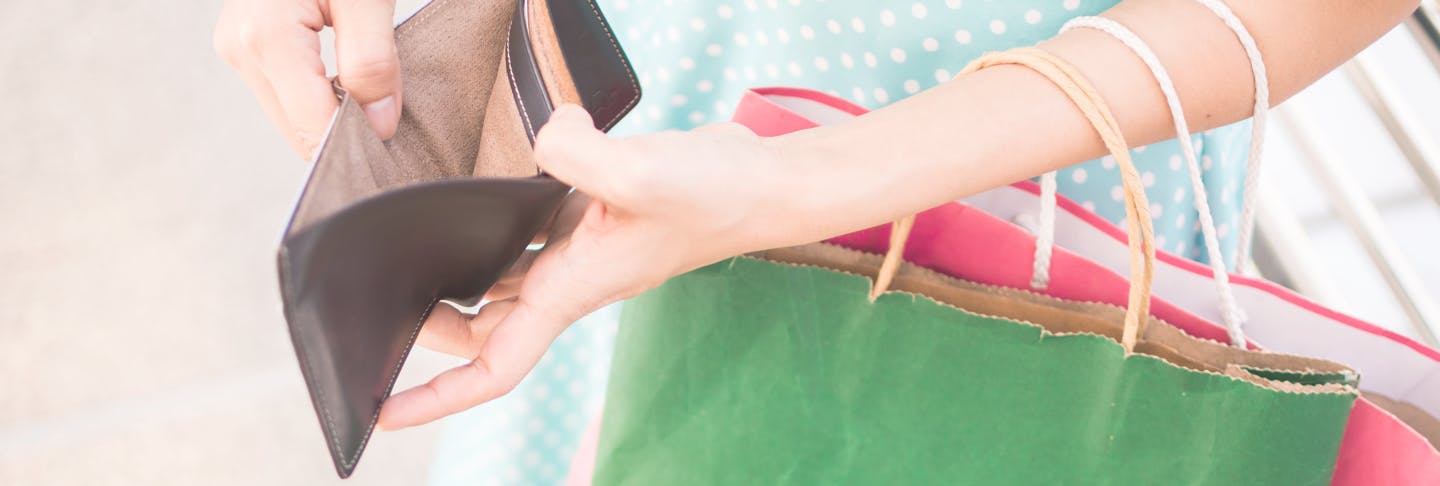Still Paying off Holiday Debt? Time for a plan
American’s outstanding credit card debt continues to climb to over $1 Trillion, reflecting the typical spending frenzy that accompanies the holiday season. And much to our frustration, not knowing how to pay off credit cards is something that can trouble many of us long after the holidays are over. If you are one of those individuals who could use a little help with your credit card bills, you’re not alone.
It’s remarkable how long it can take to pay off a seemingly small amount of credit card debt. Let’s presume you charged $1,000 on your credit card in December that has a 13% APR—which is about average. If you paid $300 a month towards that credit card once the bill arrived, you would be close to paying it off, including the $24 in interest. If you’ve been chipping away at the debt by paying $100 a month, you’ll finish paying for last year’s gifts by the time the 2018 holiday season arrives along with $70 in interest!
When you’re struggling with how to get out of debt, you need to commit to a realistic repayment plan that will make a difficult situation much easier.
Explore Your Options
Begin by figuring out exactly how much credit card debt you have and what the interest rate is for each card. Then, enter those figures into a credit card calculator to see how quickly you’ll be able to get out of debt if you continue to make the monthly payments you’ve been accustomed to. If the number of months exhibited before you are debt free isn’t where you’d like it to be, it’s easy to see how changing your monthly payment in a savings calculator can get you out of debt faster. And even though allocating extra money every month for a credit card payoff will produce quicker results, it’s important that you determine an affordable amount since unrealistic goals will only frustrate you, setting you up for failure.
Once you figure out how much you can afford to pay each month, commit to it— no excuses! And as long as you don’t continue increasing your credit card balance(s), you can feel confident you know how to get out of debt. Paying off that debt may also have a positive impact on your credit scores since you will see an improved credit utilization ratio—a ratio that is determined by dividing your total credit card balances by your total credit card limits. Keeping your credit card utilization low, preferably less than 30%, is a good goal to aim for.
Choose Your Approach to Tackling Your Debt
If you have more than one credit card with a balance, you may be asking yourself the best way to find debt help. There are many strategies with different advantages and in some instances, perspectives. So you’ll need to decide what credit card help approach you are most likely to succeed with.
Some people find that paying off their smallest credit card balance first works best. The sooner they experience success, the more motivated they will be to pay off the next debt. It’s called the snowball method. Soon you’ll build momentum, paying off the larger credit card balances until you have eliminated all of your credit card debt.
If you’re interested in how to pay off credit cards as quickly as possible, you’ll want to use what is referred to as the avalanche method. That is, you begin by attacking the credit card with the largest balance and highest interest rate because the smaller balances on your lower-interest cards won’t grow as quickly.
The most important aspect about developing a debt plan is your ability to complete it. Therefore, depending upon the amount of debt you are trying to eliminate, make it easier on yourself by being honest about what you can afford and what motivates you. And by all means, avoid the post-holiday credit card blues this coming year!
For more help on how to pay off your credit cards, contact one of our Consultants at 1-800-495-4069 .
1 USA Today, Jan 2018
